Spring, often hailed as the season of rebirth and renewal, brings with it a vibrant tapestry of colors, fragrances, and flavors. As nature awakens from its winter slumber, orchards and gardens burst into life, yielding a treasure trove of fruits that capture the essence of this transitional period. Unlike the hearty, storage-friendly fruits of autumn or the citrus-heavy bounty of winter, spring fruits are delicate, juicy, and often ephemeral, embodying the fleeting beauty of the season. From the bright red hue of strawberries to the golden glow of apricots, these fruits not only tantalize the taste buds but also offer a wealth of nutritional benefits. This article explores the diverse world of spring-ripening fruits, delving into their origins, culinary uses, and the cultural significance that has made them cherished symbols of renewal across civilizations.
Strawberries: The Jewels of Spring
Strawberries (Fragaria × ananassa) are perhaps the most iconic spring fruit, synonymous with warmth, sunshine, and the arrival of longer days. Though botanically a member of the rose family, these sweet, aromatic berries are celebrated worldwide for their versatility in both sweet and savory dishes. Native to Europe, strawberries have been cultivated since ancient Roman times, with early varieties prized for their medicinal properties. Modern hybridization has yielded larger, sweeter strains, but the essence of the wild strawberry—a balance of tartness and sugar—remains beloved.
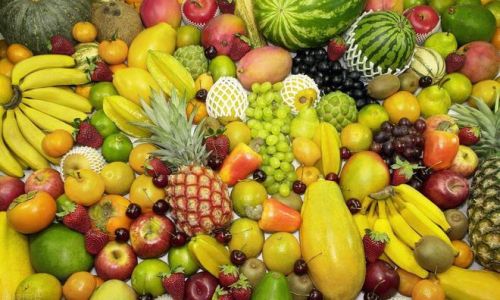
Spring strawberries thrive in temperate climates, where cool nights and mild days encourage slow ripening, enhancing their flavor complexity. Their red hue comes from anthocyanins, potent antioxidants linked to heart health and anti-inflammatory benefits. Rich in vitamin C, manganese, and folate, strawberries support immune function and cellular repair. Culinary applications are endless: they grace breakfast bowls, adorn cakes, and are preserved as jams or infused into liqueurs. In regions like California and Florida, strawberry festivals celebrate the harvest, with pies, shortcakes, and even strawberry-topped salads dominating menus.
Apricots: Golden Drops of Sunshine
Apricots (Prunus armeniaca), with their velvety skin and honeyed flesh, are another spring staple, often appearing in markets by late April. Though their name suggests Armenian origins, apricots were likely domesticated in China over 4,000 years ago before spreading westward via the Silk Road. Today, they flourish in Mediterranean climates, where dry, warm springs prevent fungal diseases that plague other stone fruits.
Apricots are nutritional powerhouses, packed with beta-carotene (which the body converts to vitamin A), vitamin C, and dietary fiber. Their natural sweetness makes them ideal for drying, a preservation method dating back centuries, yet fresh apricots shine in tarts, compotes, and salads. In Turkey, the world’s leading producer, apricots are used in traditional desserts like kayısı tatlısı, where the fruit is poached in syrup and paired with clotted cream. The kernels, though mildly toxic in large doses, are sometimes ground into almond-like pastes or used to flavor liqueurs.
Cherries: Sweet and Tart Delights
No spring fruit parade is complete without cherries (Prunus avium and Prunus cerasus), which arrive in a spectrum of colors and flavors. Sweet cherries, like ‘Bing’ and ‘Rainier’, are enjoyed fresh, while sour varieties such as ‘Montmorency’ are prized for baking and preserving. Cherries have a storied history, with references in ancient Greek and Roman texts, and modern cultivation centered in regions like Washington State, Turkey, and Iran.
Beyond their culinary appeal, cherries boast impressive health credentials. Sweet cherries are rich in anthocyanins and quercetin, compounds linked to reduced inflammation and improved sleep (due to melatonin content). Sour cherries, meanwhile, are exceptionally high in vitamin C and antioxidants. From cherry pies to clafoutis, these fruits lend themselves to decadent desserts, yet their tartness also pairs beautifully with savory dishes like roasted meats or salads. In Japan, the blooming of cherry trees (sakura) is a cultural phenomenon, though the fleeting blossoms precede the fruit’s arrival by several weeks.
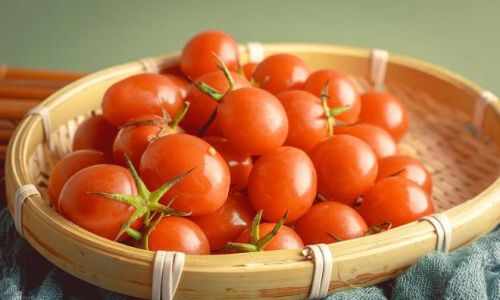
Peaches: Fuzzy Orbs of Summer’s Promise
While peaches (Prunus persica) are often associated with summer, early-ripening varieties like ‘Springcrest’ and ‘Earligrande’ burst onto the scene in late spring. Native to China, peaches were revered in antiquity as symbols of immortality and friendship, a legacy reflected in their botanical name (persica reflects their introduction to Europe via Persia). Today, they thrive in regions with warm springs and cool nights, such as Georgia (the “Peach State” of the U.S.) and South Carolina.
Peaches are a nutritional goldmine, offering vitamins A and C, potassium, and fiber. Their fuzzy skin, often removed in commercial varieties, retains much of the fruit’s antioxidant content. Culinary uses range from grilled peaches with honey to peach salsas and chutneys. In the American South, peach cobbler is a springtime ritual, while in China, preserved peaches are used in traditional medicine to promote vitality.
Rhubarb: The Tangy Pioneer
Though botanically a vegetable, rhubarb (Rheum rhabarbarum) is legally classified as a fruit in the U.S. due to its culinary applications. Celebrated for its tart stalks (the leaves are toxic), rhubarb emerges in early spring, often paired with strawberries to balance its acidity. Native to Siberia, rhubarb has been cultivated for millennia, with medicinal roots in traditional Chinese medicine.
Rhubarb’s vibrant pink stalks are rich in vitamin K, calcium, and dietary fiber. Its assertive flavor shines in pies, crumbles, and jams, often sweetened with honey or sugar. In England, rhubarb is forced in dark sheds to produce tender, pale “champagne” stalks, a delicacy dating to the 19th century. Modern chefs also use rhubarb in savory contexts, such as sauces for game birds or relishes for cheeses.
Loquats: The Forgotten Gem
Loquats (Eriobotrya japonica), also known as Japanese plums, are a lesser-known spring fruit native to China but naturalized in Mediterranean and subtropical regions. These small, orange-yellow fruits resemble apricots but have a unique flavor profile: sweet-tangy with hints of citrus and mango. Loquats ripen in late spring, offering a refreshing contrast to heavier winter fruits.
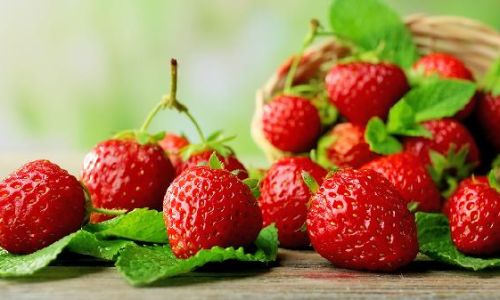
Rich in pectin, vitamins A and B, and antioxidants, loquats are often eaten fresh or made into jellies and syrups. In Japan, loquat leaves are brewed into a tea (biwa cha) prized for its soothing properties. Despite their delicacy, loquats are gaining popularity in artisanal preserves and craft beers, where their floral notes shine.
Blood Oranges: Crimson Marvels
Blood oranges (Citrus sinensis) are a citrus variety that peaks in late winter to early spring, their deep red flesh a result of anthocyanin pigments. Native to Sicily and Spain, these oranges thrive in regions with cool nights, which intensify their color and flavor. Varieties like ‘Moro’ and ‘Tarocco’ offer a balance of sweetness and tartness, with raspberry or grapefruit undertones.
Beyond their visual appeal, blood oranges are rich in vitamin C, folate, and antioxidants linked to skin health and immune support. Their juice is a prized ingredient in cocktails, marinades, and desserts, while the zest adds a fragrant note to dishes. In Italy, blood orange granita is a quintessential spring treat, embodying the season’s transition from cold to warm.
Cultural Significance and Modern Revival
Spring fruits have long held cultural and symbolic weight. In ancient Rome, strawberries were associated with Venus, the goddess of love, while cherries featured in wedding rituals across Europe. Today, these traditions persist in festivals like France’s Fête de la Fraise and Iran’s Nowruz (Persian New Year) celebrations, where fruits symbolize renewal and prosperity.
Modern gastronomy has also embraced spring fruits, with chefs and mixologists highlighting their fleeting seasons. Farm-to-table restaurants prioritize local strawberries and apricots, while craft brewers experiment with cherry-infused sours and rhubarb-forward goses. Home cooks, too, are rediscovering forgotten fruits like loquats, incorporating them into jams and chutneys.

Nutritional Powerhouses: Health Benefits of Spring Fruits
Spring fruits are not merely delicious—they are nutritional powerhouses. Strawberries, for instance, rank among the top fruit sources of polyphenols, which may reduce the risk of chronic diseases. Cherries’ melatonin content aids sleep, while apricots’ beta-carotene supports eye health. Rhubarb’s high fiber content aids digestion, and blood oranges’ anthocyanins combat oxidative stress.
Incorporating these fruits into daily diets is easy: add berries to morning yogurt, toss cherries into salads, or bake peaches with oats for a fiber-rich dessert. Freezing or preserving excess harvest ensures their benefits last beyond spring.
Conclusion: Savoring the Ephemeral
Spring fruits are a reminder of nature’s cyclical genius—a fleeting burst of flavor and color that nourishes both body and soul. From the strawberry’s delicate sweetness to the rhubarb’s bold tang, each fruit tells a story of cultivation, tradition, and adaptation. As climate shifts threaten harvest patterns, preserving heirloom varieties and supporting local growers becomes paramount. Whether enjoyed fresh, preserved, or celebrated in festival, spring fruits invite us to savor the present—a season of growth, renewal, and the simple joy of biting into a sun-ripened peach.
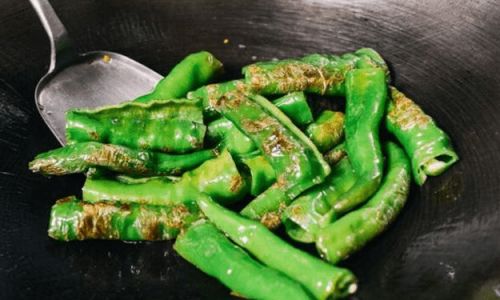
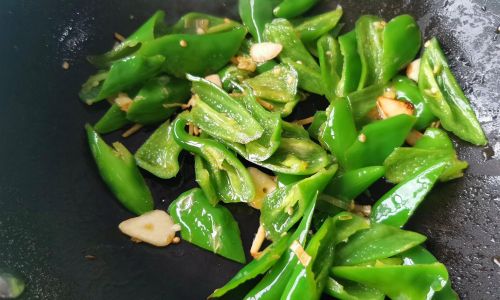
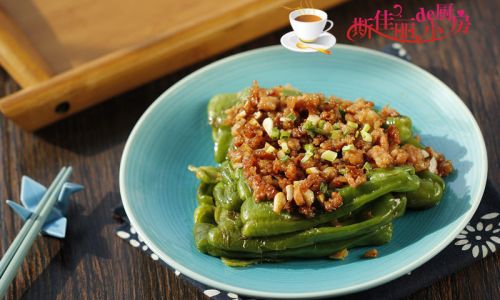
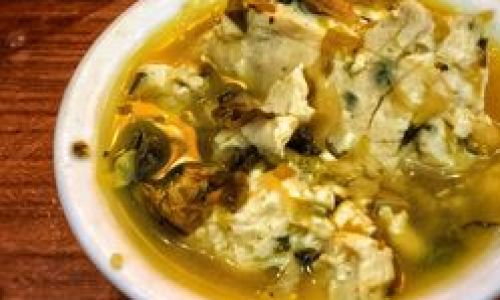
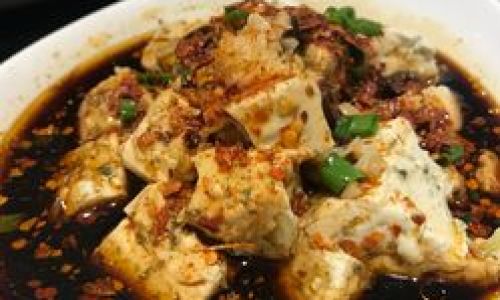
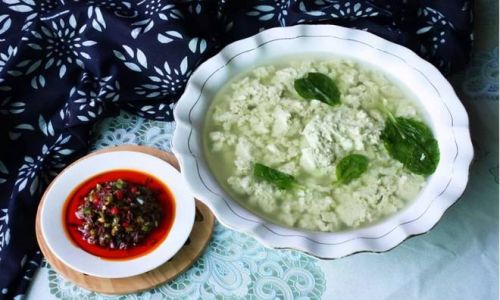
0 comments